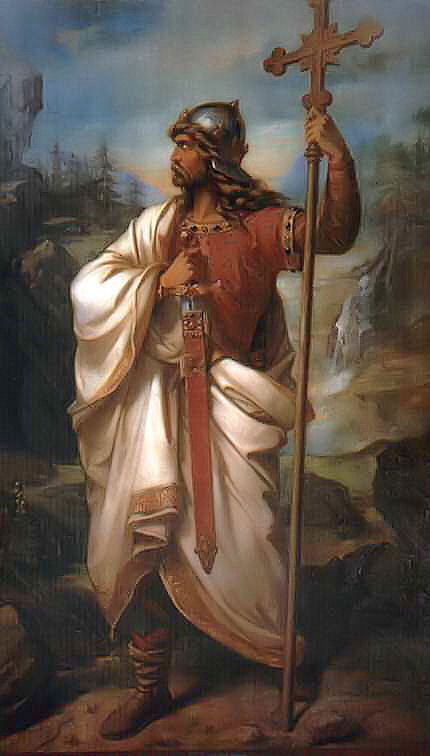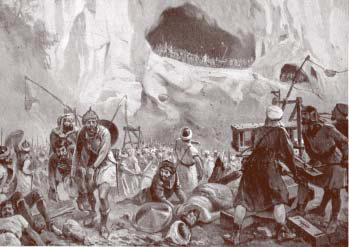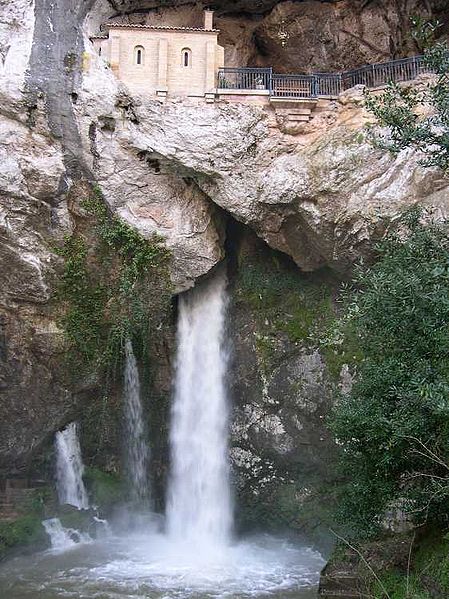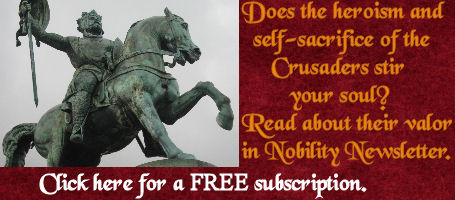By contrast with the catastrophic loss of Spain, the chroniclers tell us that through Divine Providence liberty was restored to the Christian people and the Asturian kingdom was brought into being. This reportedly occurred when the majority of the Goths of royal blood came to the Asturias and elected as king Pelayo (719-737), son of Duke Fáfila, also of the royal line. Pelayo, formerly a spatarius or military officer in the Visigothic court, supposedly was King Rodrigo’s grandnephew. When faced with an overwhelming Muslim force demanding that he surrender, Pelayo, in the chronicler’s words, responded:
“I will not associate with the Arabs in friendship nor will I submit to their authority…for we confide in the mercy of the Lord that from this little hill that you see, the salvation of Spain (salus Spanie) and of the army of the Gothic people will be restored…. Hence we spurn this multitude of pagans and do not fear [them].”
The ensuing battle of Covadonga, fought probably on 28 May 722, was a great victory for Pelayo, for “thus liberty was restored to the Christian people…and by Divine Providence the kingdom of Asturias was brought forth.” Among the Asturians the battle of Covadonga became the symbol of Christian resistance to Islam and a source of inspiration to those who, in words attributed to Pelayo, would achieve the salus Spanie, the salvation of Spain.
Joseph F. O’Callaghan, Reconquest and Crusade in Medieval Spain (Philadelphia: University of Pennsylvania Press, 2003), 5.
Short Stories on Honor, Chivalry, and the World of Nobility—no. 307













